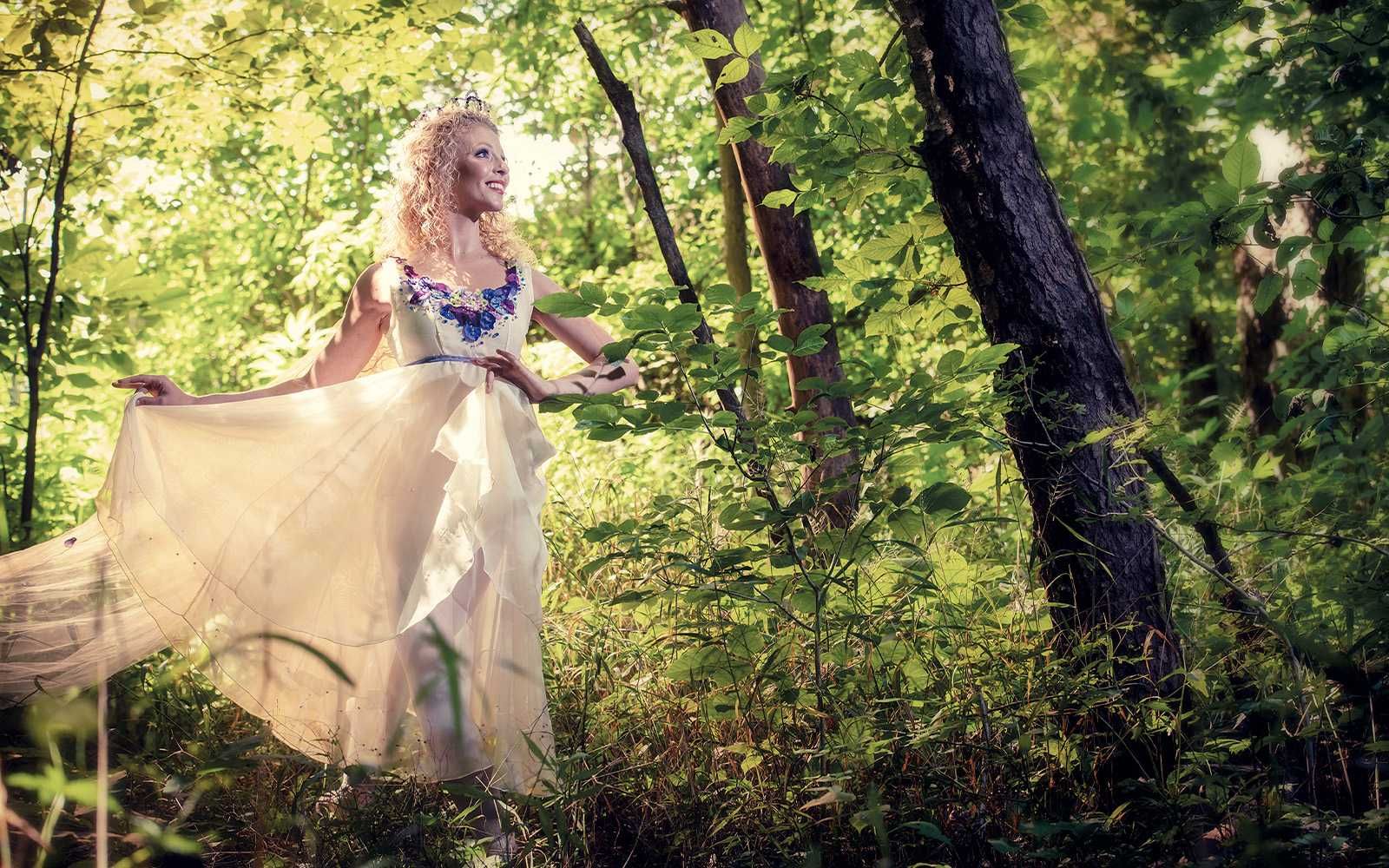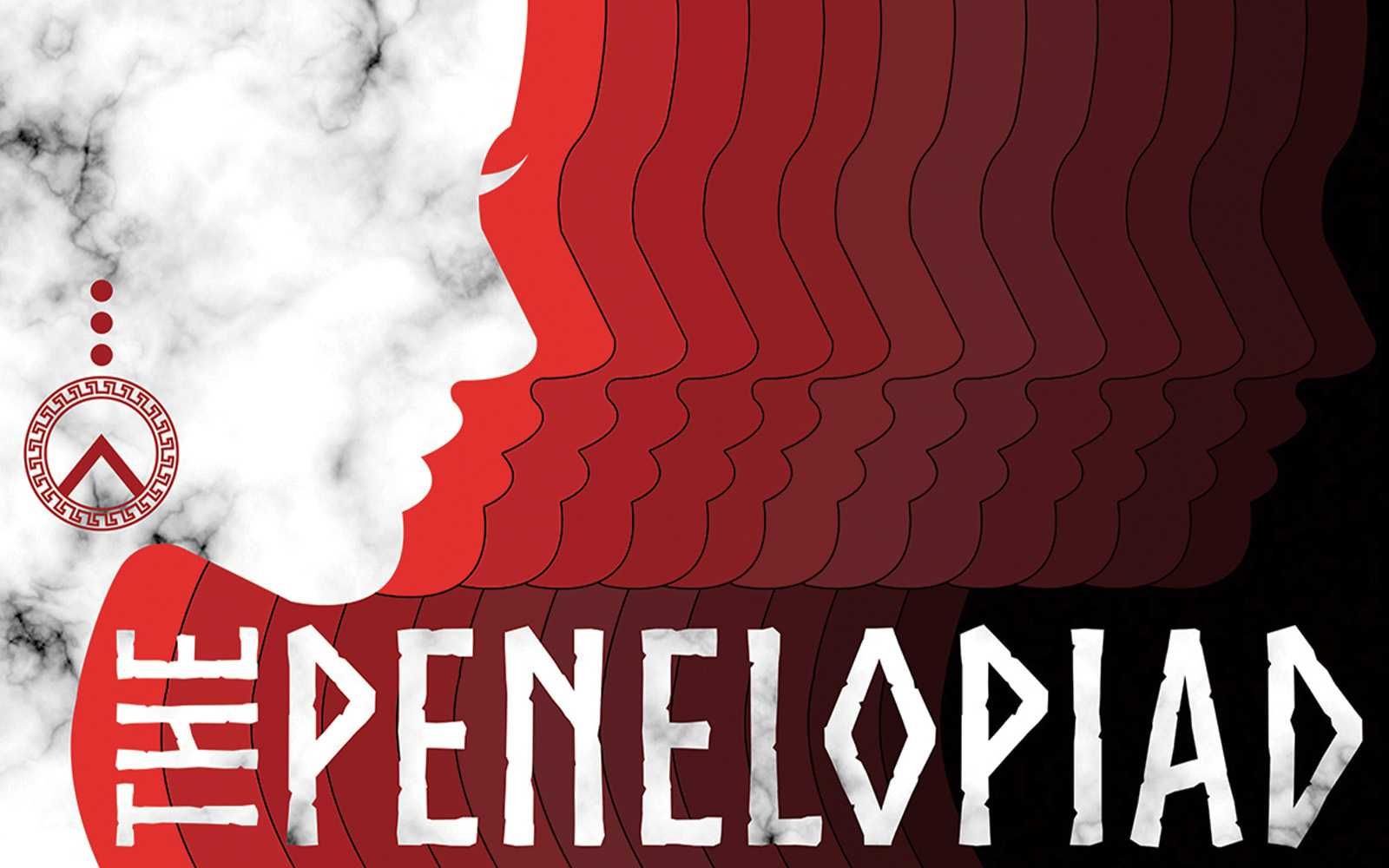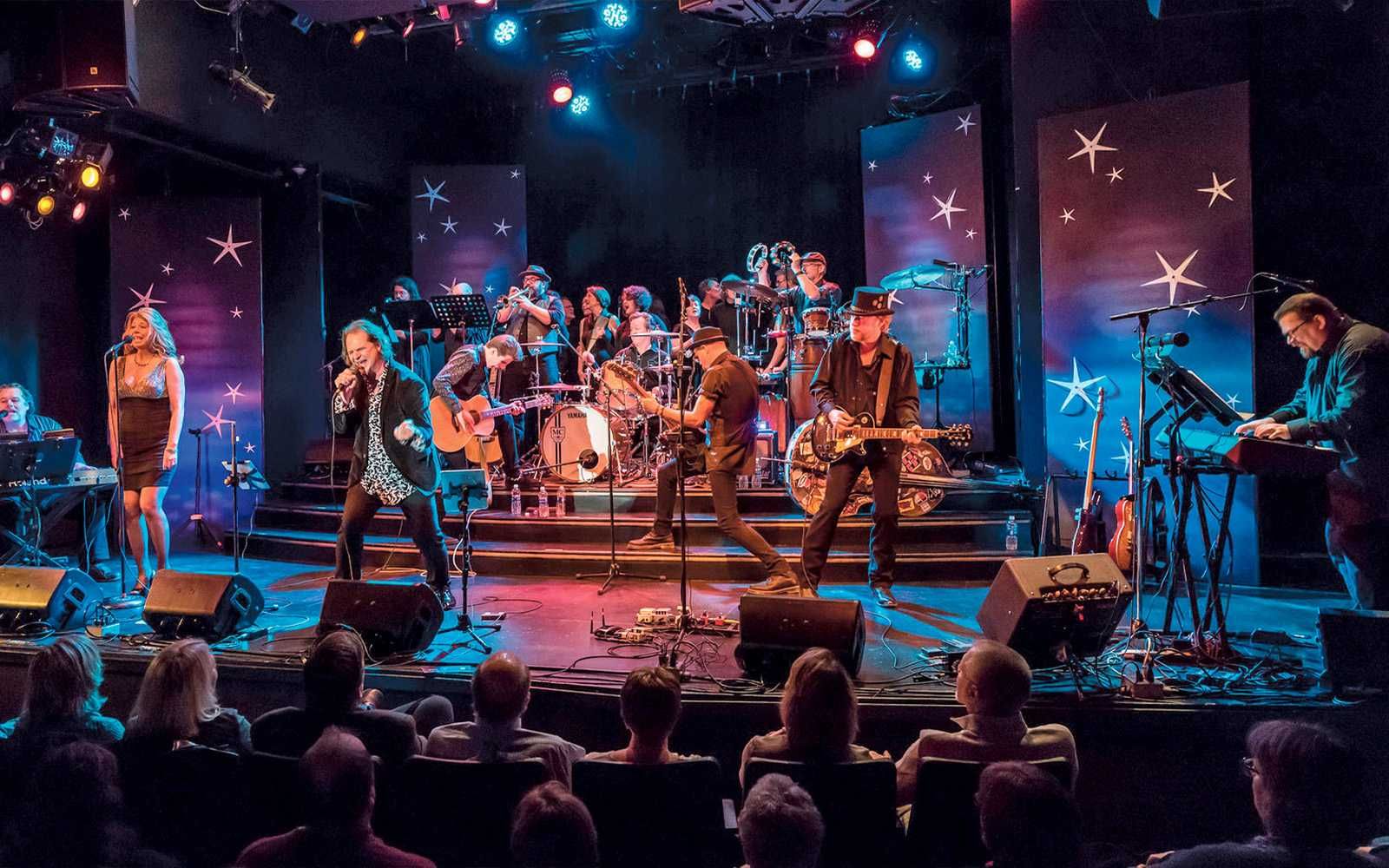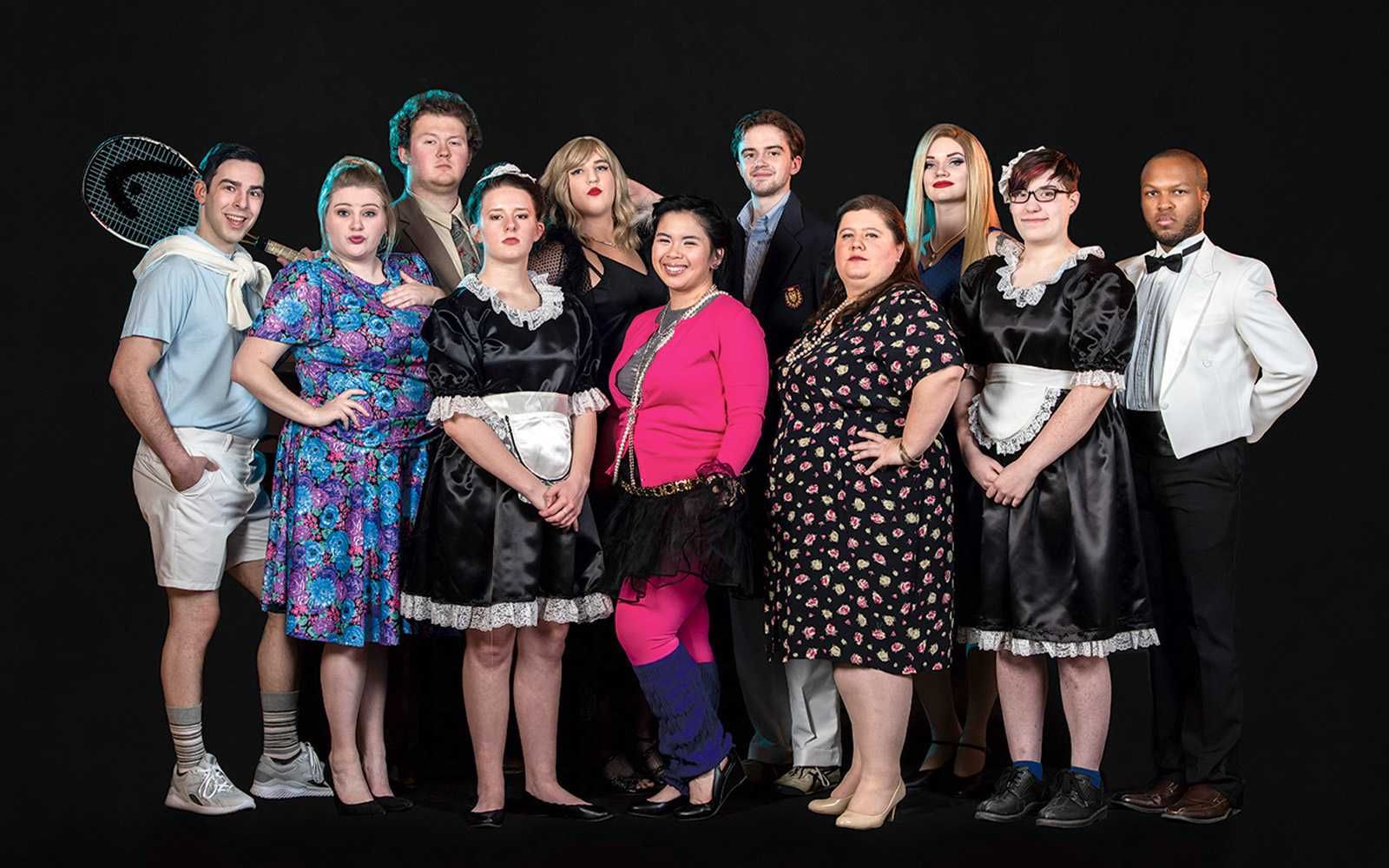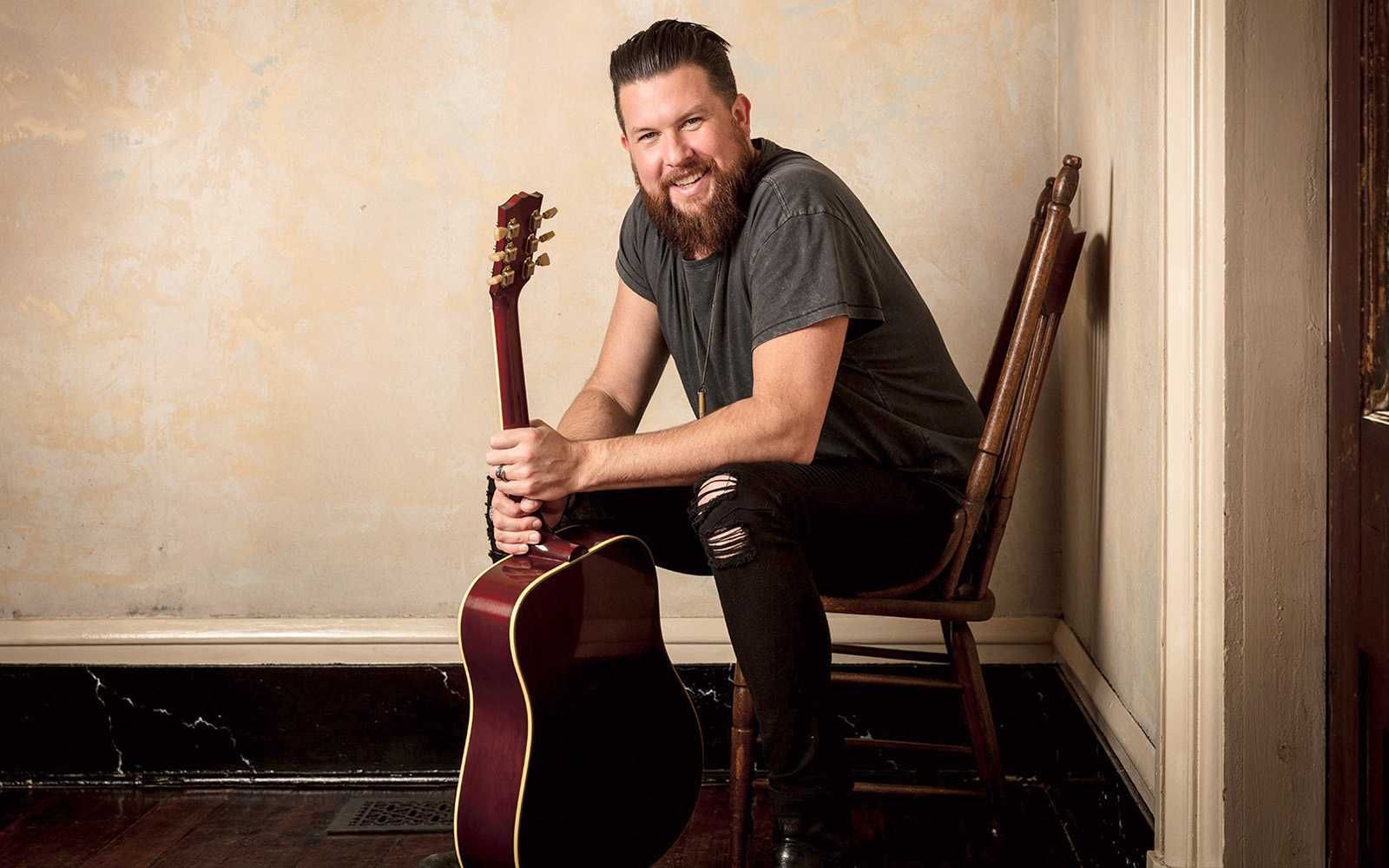The works of William Shakespeare are heralded for his use of language and wit.
But his stories can often succeed without relying on his prose. Romeo & Juliet has become a successful ballet, as performed by Fort Wayne Ballet several seasons ago.
But this spring, for the first time in more than a decade, the ballet serves up another of the Bard’s classic and oft-performed works, A Midsummer Night’s Dream. The choice for the show is part of the springtime collaboration between Fort Wayne Ballet and the Fort Wayne Philharmonic and has been in the works for a few years.
JOining forces
“We met in 2015 to come up with our seven-year plan,” said Karen Gibbons-Brown, artistic director for Fort Wayne Ballet. “We had performed Midsummer Night’s Dream in 2005, and we performed it again in 2009. We don’t normally repeat something that soon, but it was one of Bradley Thachuk’s favorites, and it was his last year at the Philharmonic.”
Now more than 10 years later, Fort Wayne Ballet, the Fort Wayne Philharmonic, and the Fort Wayne Children’s Choir join forces to bring this comedy to the stage.
Knowing there may be less familiarity with the original play than many of Shakespeare’s tragedies taught in schools, the ballet offers a few ways to follow the story for those who may come to it with no background.
“It’s a romantic comedy of errors,” Gibbons-Brown said. “Lest anyone get confused, we have color coded the couples so that everyone can see who belongs with whom. We will also have a narrator who will help move the story along. Janice Furtner, who is known for her work at WBOI, will be the Moon Fairy, and she’s there to make sure people know what’s coming up which will help to bring out the humor.”
Balancing the humor with the beauty of ballet is part of the challenge Gibbons-Brown addresses in the choreography and in the rehearsals with the dancers.
“So many people think that Shakespeare is stuffy and out of touch, but this story, this libretto are so wonderful, and it’s a beautiful ballet. But there are these couples, and then there are disaster couples who don’t belong together at all. We cross from the human kingdom to the fairy kingdom, and that’s what really makes the funny things happen. Some of the pairings are a ridiculous mistake, and as the audience follows the story they’ll find the humor in all of that.”
Growing company
Since their last performance of A Midsummer Night’s Dream, when Gibbons-Brown had to hire men from outside the company to tackle the large roles for males, Fort Wayne Ballet has grown to a company of professionals along with trainees and apprentices more than able to put 30 dancers on the stage for the two evening and two matinee performances.
One of the leads, Talbot Rue, grew up in the Academy of Fort Wayne Ballet, left to perform professionally elsewhere, and then returned to his home company.
“Talbot plays Bottom who thinks he’s a donkey,” Gibbons-Brown said. “It’s one of the very few parts in repertory that makes a male dancer wear pointe shoes. The awkwardness of men in pointe shoes adds to the comedy.”
Perhaps the most notable character in Midsummer is Puck, the magical but impish character who is responsible for much of the strange behavior.
That role falls to a dancer now in his second year with the company.
“Patrick Van Buren will be playing Puck,” Gibbons-Brown said. “He was born to play this part. He asked me if he was being typecast, and I told him yes, he was. Puck is known for his frivolousness and mischievousness. He’s out there creating havoc, so the movements have to be lighter and the movements are from a funny angle to create that lightness.”
using beauty and comedy
For those who are used to the sleek lines of ballet, those moments are just a few of the differences to be seen in Midsummer, as Gibbons-Brown addresses the balance between beauty and comedy in this ballet.
“When you think of ballet, you picture lovely stretched legs and elegant posture,” Gibbons-Brown said. “But for some of these scenes you imagine when the whole body droops toward the floor out of frustration. You see some of that and then you have Puck literally spinning out of control. Or it looks like it’s out of control but it’s actually very much in control or we’d have dancers spinning right off the stage.”
Part of the beauty of A Midsummer Night’s Dream is the music, and the springtime collaboration with the Fort Wayne Philharmonic allows that score to shine.
The performances will feature associate conductor Caleb Young who is looking forward to this upcoming production.
“Mendelssohn wrote some of the most beautiful music of the early Romantic period,” Young said. “Midsummer is a treat to conduct and collaborate on with the ballet. This music has anything you could ever want, from an orchestra score, drama, stunning melodies, and pairs with movement so well onstage.”
In addition to the Friday and Saturday evening performances and the Saturday and Sunday matinees, there will be a sensory-friendly performance at 6:30 p.m. on Sunday, March 22 (contact Tracy Tritz at Fort Wayne Ballet for details), and Fairy Garden Parties will follow the matinees (tickets are $10 per person).
A Behind the Curtain conversation will take place before the Friday evening performance, and Conversations and Cocktails will take place prior to the Saturday matinee. For more information, call Fort Wayne Ballet at (260) 484-9646 or visit fortwayneballet.org.
